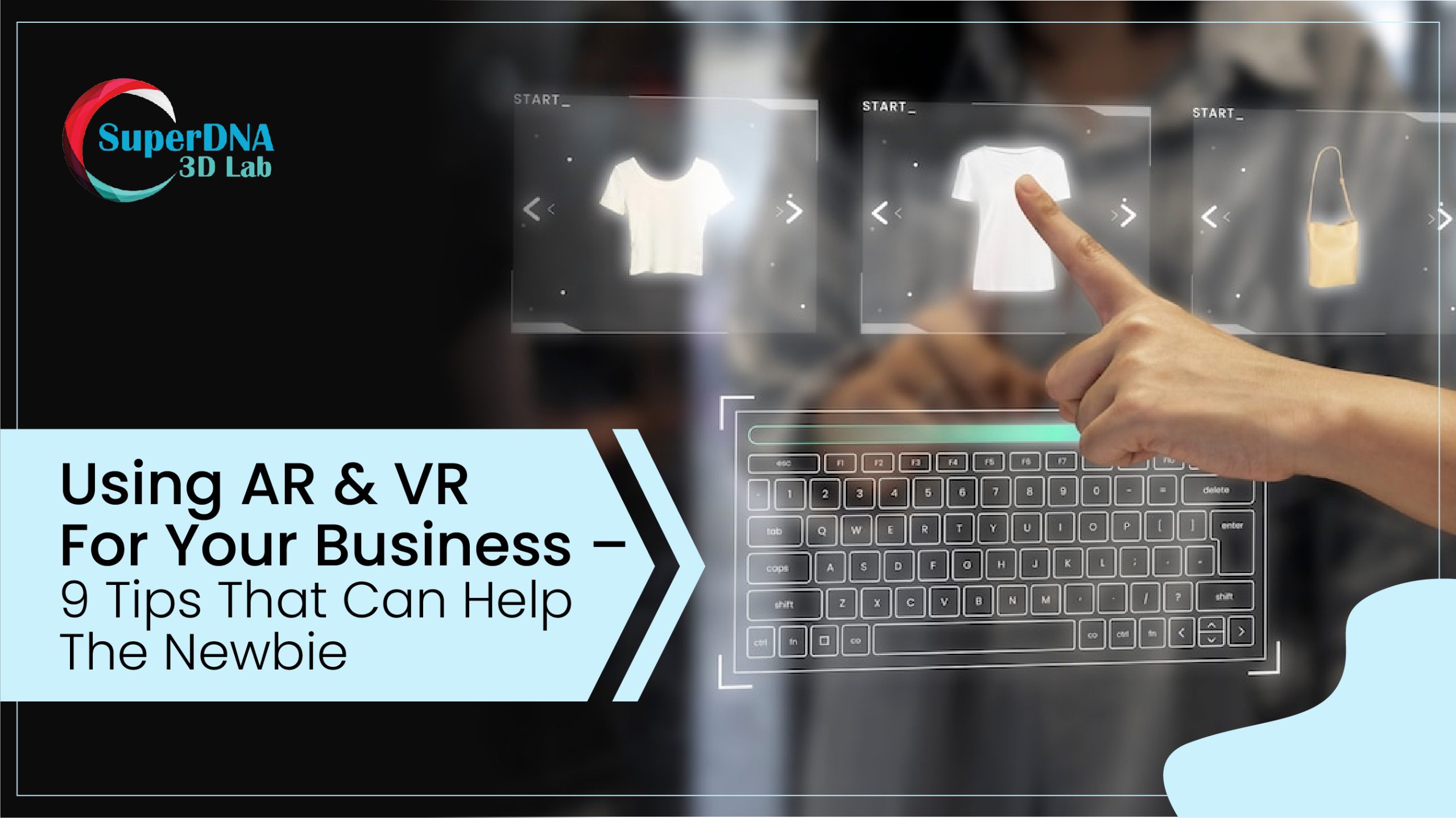
Contemplating using augmented reality and virtual reality to propel your business forward in 2022? It could be the best move you could ever make.
The following section talks about it in detail, all the while doing a great job of explaining what each of these concepts is. So if you’re new to the world of AR and VR, stick around to discover how to use them for your eCommerce platform like a true pro.
Let’s Give You A Little Glimpse Of How To Use Augmented Reality For Your E-Commerce Business
- Virtual Try-On Apps And Solutions
The very first thing that comes to your mind is a virtual try-on solution. You can allow your customers to try on your clothing and various accessories, makeup, and accessories to understand whether they suit them or not. You can either get a proprietary app developed or just get some 3D models created by a dependable and experienced 3D artist. They will be able to understand just what products they should buy from you and which ones to avoid based on the outcome of the virtual try-on.
- 3D Preview Placement
3D preview placements are ideal for online furniture retailers because they allow your customers to project your products onto their real environment using their smartphones. They can view their space from the viewfinder of their smartphone camera. As they move their smartphone across their living space, they can project the object in the desired location and direction. These true-to-scale 3D models can be made highly responsive and detailed with the help of the right textures and lighting effects.
- Digitized User Manuals
Digitized interactive user manuals are very useful for your customers. This can be a great AR application and it allows your customers to understand how your products work. An interactive user manual understands the actions and requirements of your customers. They can provide your prospects with contextual support. All you have to do is invest in a relevant software application and AR-compatible website to facilitate these tools for your customers.
- Social Media Filters
Social media filters are very common these days and Instagram stories and Snapchat are the perfect examples of this tool. They are not only used for fun but for generating awareness about various products. You can showcase your product in a better way by allowing your users to project them onto their face or their real environment with only a few filters. It also engages your audience for longer creating more awareness about your product. There is a certain “wow” factor to these filters that two-dimensional images and long product descriptions do not have.
Now, Let’s Talk About How To Use Virtual Reality For Your E-Commerce Business
Before we delve into the various applications of virtual reality in e-commerce, let’s recall a few differences between AR and VR. Remember, both these tools offer distinct experiences. Their goals are different and the equipment used to provide both these experiences are distinct from each other as well.
- Virtual Stores
Virtual reality stores and showrooms are soon going to become mainstream. They have already been adopted by several brands online enabling customers to visit virtual storefronts without having to visit the actual location or store. They can have a closer look at the clothing, accessories, and furniture pieces as well inside a virtual store. These virtual simulations also allow people to meet their friends at the virtual store and shop together in real time.
- Virtual Try Of Your Products
By using just one virtual reality headset at the actual store, your customers can try on your offerings without having to visit the trial room at all. They can pair your offerings with different items and accessories in a matter of a few seconds and they can easily decide upon their purchase. Virtual try-ons are highly successful both inside and outside physical or brick-and-mortar stores and because of their immersive visualizations and true-to-life renders, your customers do not have to think twice before making a purchase.
- In-Store Experiences That Ensure Customer Delight
When we talk about customer delight, the one thing that can deliver it seamlessly is an in-store virtual reality experience. You can allow your users to explore your entire showroom without having to walk even a few steps. In addition to that, you can give them immersive experiences of places located in far-off cities and continents as well. They can see themselves wearing their favorite outfits in any of the locations that are simulated by your virtual headset.
- Live Events And Walkthroughs
Virtual live events have become quite the norm these days, especially after the COVID-19 pandemic. With the help of the right interactive content that is VR headset-compatible, you can create a community of online shoppers that are more than willing to use VR opportunities to shop with your brand. You can invite their 3D avatars to your live events, demonstrations, and even 3D walkthroughs to propel your sales further.
- Interaction With The Product
Virtual reality simulations can help your customers understand your product better. This is an immersive experience that can be a learning adventure for your customers as well. You can use a simple VR application to educate your customers on the various ways they can use your product and benefit from it after the purchase.
Final Thoughts
The inclusion of these technologies is going to help you shrink the gap between physical shopping and online shopping for your customers. You don’t have to be an expert to use these innovations to advance your business. You just have to be diligent.